Amelia Parenteau: When did you first envision No Dream Deferred launching Equity and Justice for Institutional Change (EJIC)?
Lauren E. Turner: Back in 2017 or 2018, I was telling a dear friend of mine, Daniela Capistrano, about all the barriers that I was facing as a Black theatremaker in New Orleans and that the organization was facing as a Black-led organization. I was saying these predominantly white spaces should be having these conversations and taking these actions, and she said No Dream Deferred should be leading them in that direction. No Dream Deferred is a model for that work, especially locally in New Orleans. I thought about how it was what we were doing anyway in our artmaking, and I was like, “Why don’t we put this in terms that people who may not work in the arts can see the value in it as well?” So that launched EJIC, where we work with all types of organizations and institutions.
In the beginning, I was trying to adapt our people- and process-centered, equitable approach to artmaking into a model for organizational culture. The way we lead people through the facilitation process benefits from the fact that we’re artists. To be fair, nothing I was doing was groundbreaking because I’ve had such great mentors, like Carmen Morgan from artEquity. Brilliantly gifted facilitators have taught me how to do this work.
Amelia: There are so many acronyms thrown around for this type of work. How did you pick EJIC?
Lauren: I was sick of holding up “diversity and inclusion” as the only, or the most important, values. While I understand their value, I wanted conversation around equity and justice to be what leads. I wanted to plainly name our motive: we’re promoting equity and justice as key ingredients for institutional change. That way, there’s no question about what we’re here to do, what the conversation’s going to be about, or what our agenda is. Institutional change is our agenda, and we’re focusing on equity and justice to do that.
Amelia: One of your great strengths as a facilitator is your ability to name things as they are, and that’s something participants sometimes struggle with in their own capacity to accept what’s being said. What are some of the challenges you’ve faced in people’s willingness to receive the transparency of the work that we’re doing?
Lauren: Every time our facilitation team finishes a session, I feel like I learn something new about what humans need in order to feel as though they’ve been heard and what they need to comprehend information that’s being given to them. I have embraced an attitude of being unapologetic about setting that repetition up, not judging it, and not trying to control it. If you tell me I need to go over all of these group agreements every session, or that I need to repeat this phrase every single time in order to facilitate a cultural shift, I will do that.
That’s why it’s important to understand that the approach to anti-racism is to develop a practice. Even in our facilitated spaces, we’re having to develop practices that allow for the true embodiment of these values that we’re sharing. For the values to be received and absorbed, there has to be a practice that they’re inserted into. And so, we’ve designed our process based on the way that people best absorb information. The design of the sessions is ritual; it’s a practice in and of itself. The practice then asks of participants, “What do you do every time? Every day, what is it that you’re doing to be anti-racist in your actions?”
Some of the tactics buried inside of our practice include things like, when defining white body supremacy culture—to borrow a term from Resmaa Menakem—it doesn’t always have to be me—a Black woman—saying that definition. Sometimes having a white or male co-facilitator saying the same information goes a long way. Hate it or love it, it is what it is.
Also, people sometimes hear something very differently than what you think you’ve communicated. A key practice I’ve used over and over again is to ask clarifying questions, not just in terms of what a participant said, but also to clarify that what I’ve just said has been heard. Then, I give people the time and the space, even if it’s slightly awkward, to process the question and the conversation in real time.
That’s why it’s important to understand that the approach to anti-racism is to develop a practice.
Amelia: I feel like Zoom can actually help with that sometimes, especially with the chat function. People who are visual learners can process better when seeing a written question or prompt for reflection. There are obviously pros and cons of using Zoom for this work, but for a lot of people it seems the security of being in their own space to confront these questions leads to more honesty, more vulnerability, and more fertile reflection. You’re not in the room with whomever you might not be able to be so open in front of in an in-person context.
Lauren: Also, we’ve had incidences where the angriest people in the room will follow up a month later, and the information has been absorbed after our sessions have ended. It’s amazing to see that happen, and it reinforces the idea that everyone has their own process and is on their own journey. It allows me to meet those challenges in session with some grace, since I know that this work is not in vain. We may not see or experience the fruit of our labor now; it could be a month from now, or even later. But the seed has been planted. That is our work.

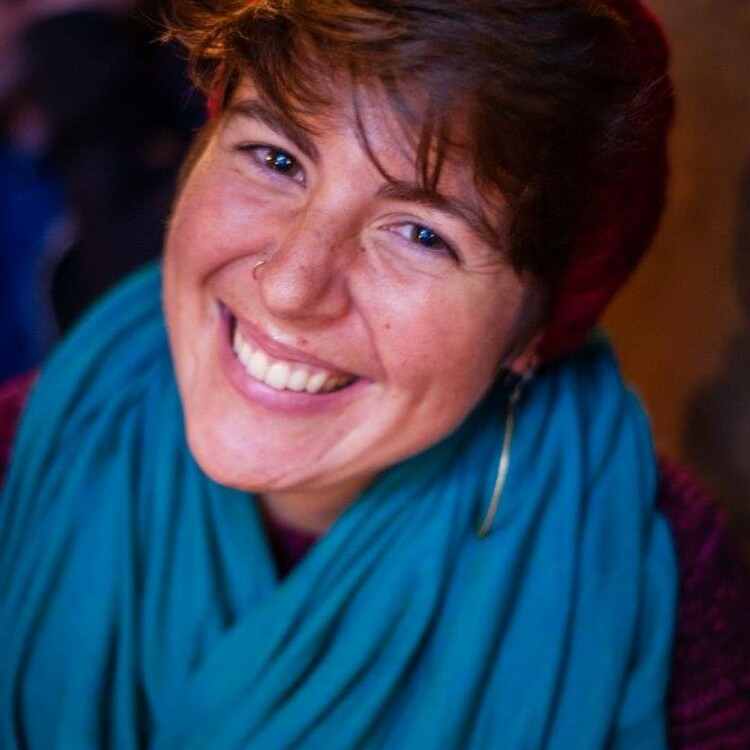
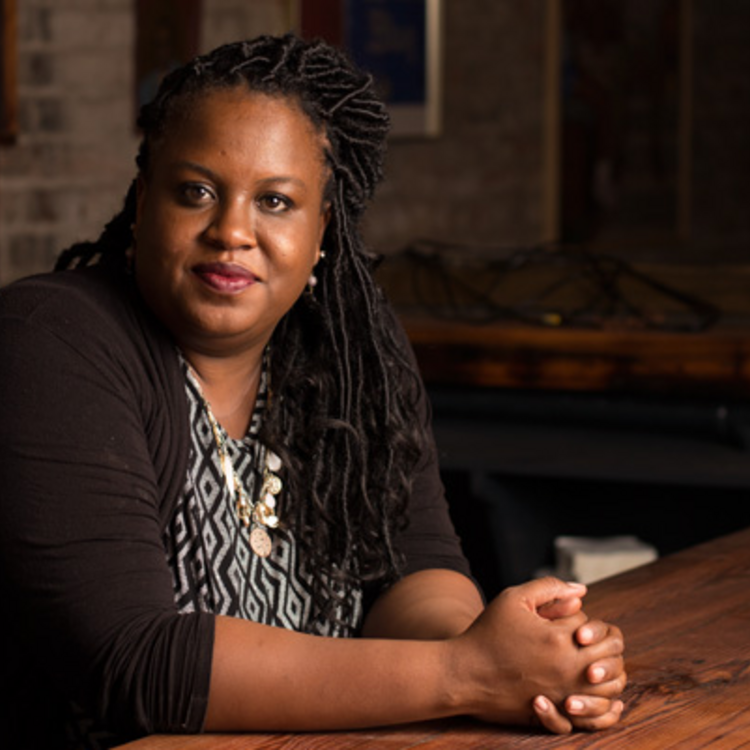
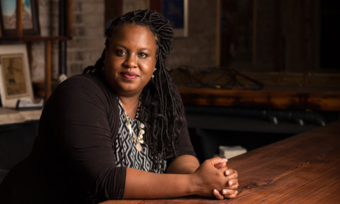


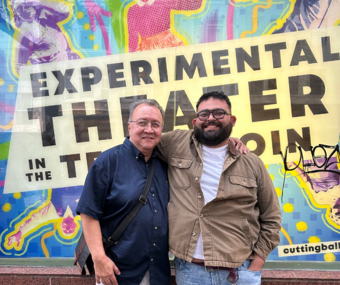


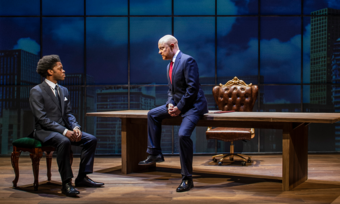



Comments
The article is just the start of the conversation—we want to know what you think about this subject, too! HowlRound is a space for knowledge-sharing, and we welcome spirited, thoughtful, and on-topic dialogue. Find our full comments policy here
It's incredibly inspiring to hear about Daniela Capistrano's impactful work in addressing the barriers faced by Black theatremakers in New Orleans and leading organizational change through initiatives like No Dream Deferred and EJIC. The commitment to fostering inclusivity, equity, and dialogue in predominantly white spaces is commendable, and it's clear that their efforts are making a significant difference. Moreover, the recognition of the value of a people- and process-centered approach to artmaking in informing organizational culture is testament to the transformative power of art and activism. It's a testament to the importance of mentorship and learning from experienced facilitators like Carmen Morgan. If you're interested in documenting and showcasing the impactful work of leaders like Daniela Capistrano, you may find value in collaborating with experienced <a href="https://prod.393.217.srv.clientrabbit.com/%3Ca%20href%3D"https://elitewikiwriters.com/personal-reputation-management">https://elitewikiwriters.com/…">professional wikipedia writers</a> to ensure their contributions are properly recognized and documented for posterity.
To be completely understood, theater - dissimilar to numerous other fine arts - requires standard connection between various individuals. A play might start with a solitary individual, however it rapidly includes an inventive group (chief, dramaturge, planners, choreographers, and so on) to completely foster the thought. I will share this blog on my website Wikipedia Page Creator to engage my readers.